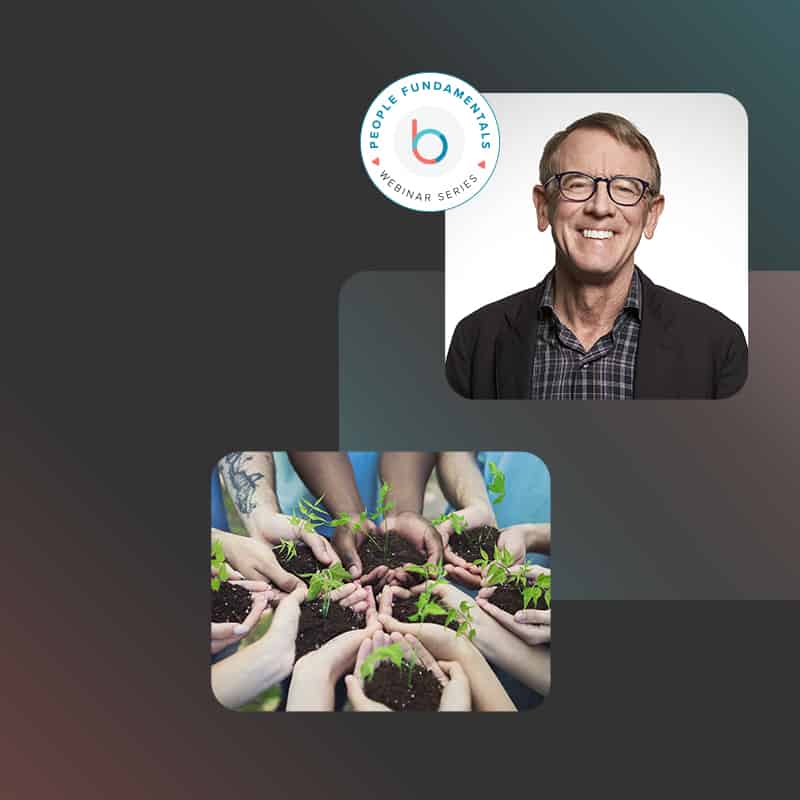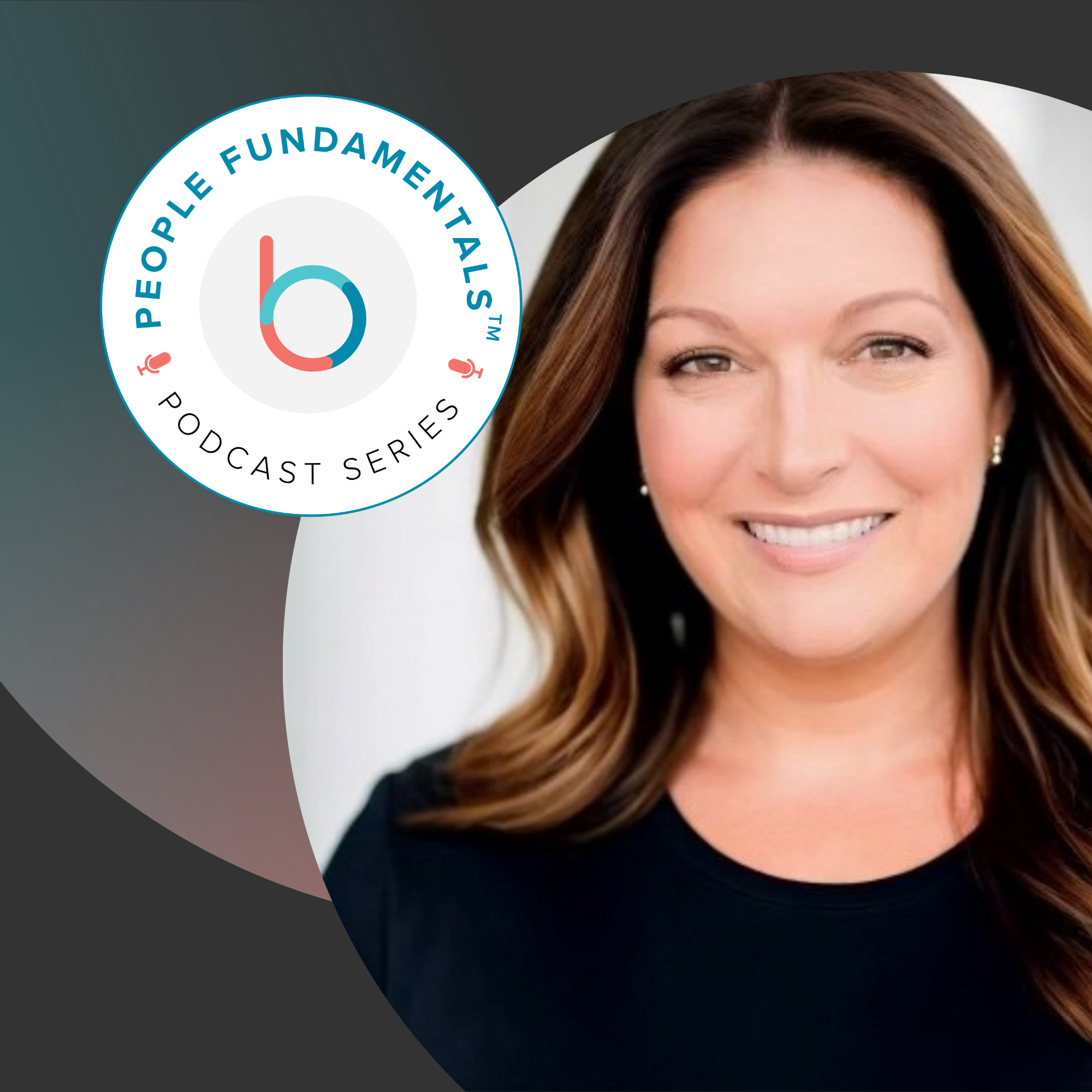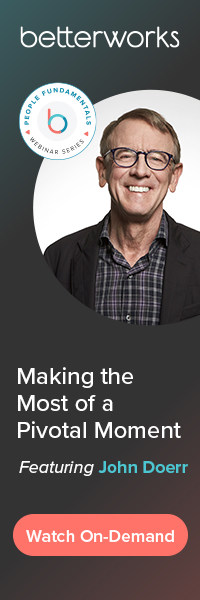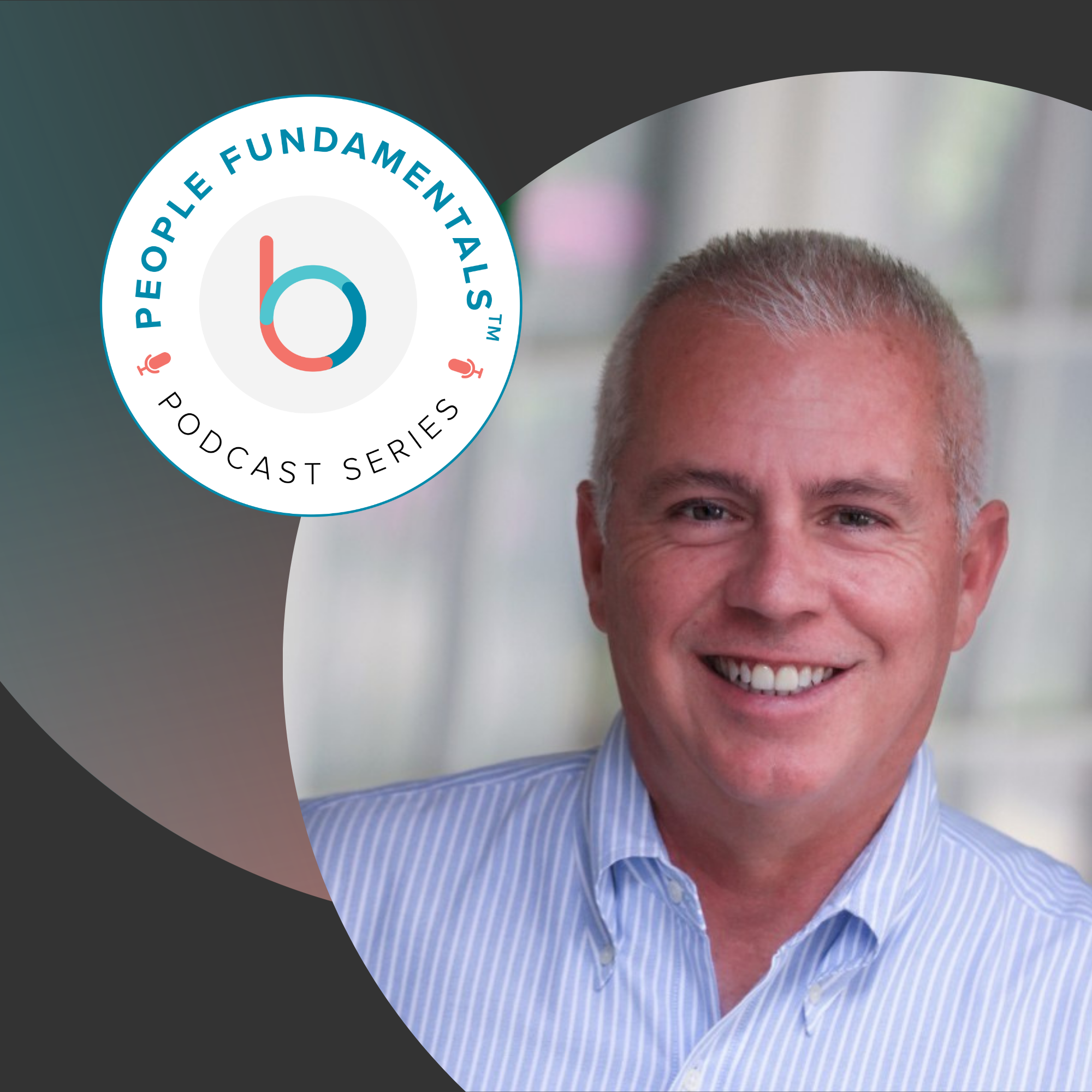Climate change is transforming the planet, and we can’t afford to wait to do something about it, says Silicon Valley luminary, venture capitalist, and Betterworks board member John Doerr.
Doerr has invested his time and resources into studying the climate crisis for his book “Speed and Scale,” as well as enabling others to research the problem through Stanford University’s new Doerr School of Sustainability.
That’s why we invited Doerr to join Betterworks Chief Operating Officer Andrea Lagan on a recent session of our People Fundamentals webinar series. They explored how HR leaders can influence progress in addressing climate challenges, as well as other ESG initiatives companies have.
Check out the highlights from this conversation to gain a better sense of what you, as an HR leader, can do to influence positive change — and what that means for your talent strategy.
Making more than promises
Verbal commitments to invest in sustainable corporate practices aren’t enough, Doerr says. You need actions to make a difference. As an investor, Doerr is always looking for commitments that are backed by an action plan. Doerr regularly engages in conversations around climate change with potential portfolio companies.
A commitment backed by action matters to your people, too. Two-thirds of respondents to a recent IBM survey said they’re more willing to apply for (67%) and accept (68%) roles at organizations they believe to be sustainable. “People want to connect to something that’s bigger than themselves,” Lagan said. “They want to connect to something that they can be a part of, that really makes a difference in the world.”
As an HR leader, you’re uniquely positioned to influence people processes, harness your workforce’s good intentions, and turn them into real impact.
But when faced with such a broad problem as climate change, for example, many companies struggle to pinpoint the best actions to take.
“What we have for climate is lots of goals, and pretty broad agreement on what the goals ought to be,” Doerr said. “For many, they are overwhelming, and for others, they’re too fuzzy. What we don’t have is a plan.”
Doerr wants to fill that gap with an action plan that’s “designed by scientists and engineers, embraced by policy people, that we can rally around, use to inspire hope and commitment, and track our progress.”
Doerr’s action guide has 10 objectives and dozens of key results to help individuals, organizations, and communities make measurable contributions to climate progress. When businesses engage in the highest-impact actions, they move the needle on positive change.
Leading business in a clean energy future
Cutting emissions and protecting the planet are huge endeavors with a potentially transformative impact on business. And as an HR leader, you play an important role in designing that future.
“I’m very excited about the economic opportunity. This transition to a new clean energy economy will create 65 million jobs — new jobs,” Doerr said. Of course, a transformation of business operations won’t happen overnight or without significant company investment.
“The transition is not going to be easy,” Doerr continued. “We’re not having some kind of green party here. … There will be winners, there will be losers.”
Climate progress is already a hot topic for stakeholders and shareholders. “Companies are increasingly concerned about the climate for business opportunity and risk reasons,” Doerr said, “and because of its importance to your customers and to the talent.”
By being proactive and taking intentional action now, you can lead your business to the front of the pack in a clean energy future.
Channeling passion and purpose
Solving the climate crisis is one of the greatest challenges humanity has ever faced, and organizations will have to shift their processes dramatically to cut emissions. Empowering employees to help gets you there faster.
“Employees and talent are increasingly demanding, savvy, and aggressive about what positive climate action really looks like,” Doerr said. “Commitments are an important first step, but the plans and progress are coming under greater scrutiny, as both the public and the workforce look for companies to walk the talk.”
When you tap into that passion and purpose within your workforce, you accelerate your impact and turn commitments into actions.
Consider what connection-focused employee programs you’re offering, for example, or the technology you use to facilitate conversations and participation. Giving employees a line of sight into their potential impact empowers them to participate in achieving aspirational sustainability goals.
In this critical moment, Doerr is appealing to “the leader inside of every one of our employees, every one of our HR professionals, to examine your sources of personal power, and figure out how to affect others, in conversation, in action, in behavior change.”
Check out Doerr’s webinar on demand.








